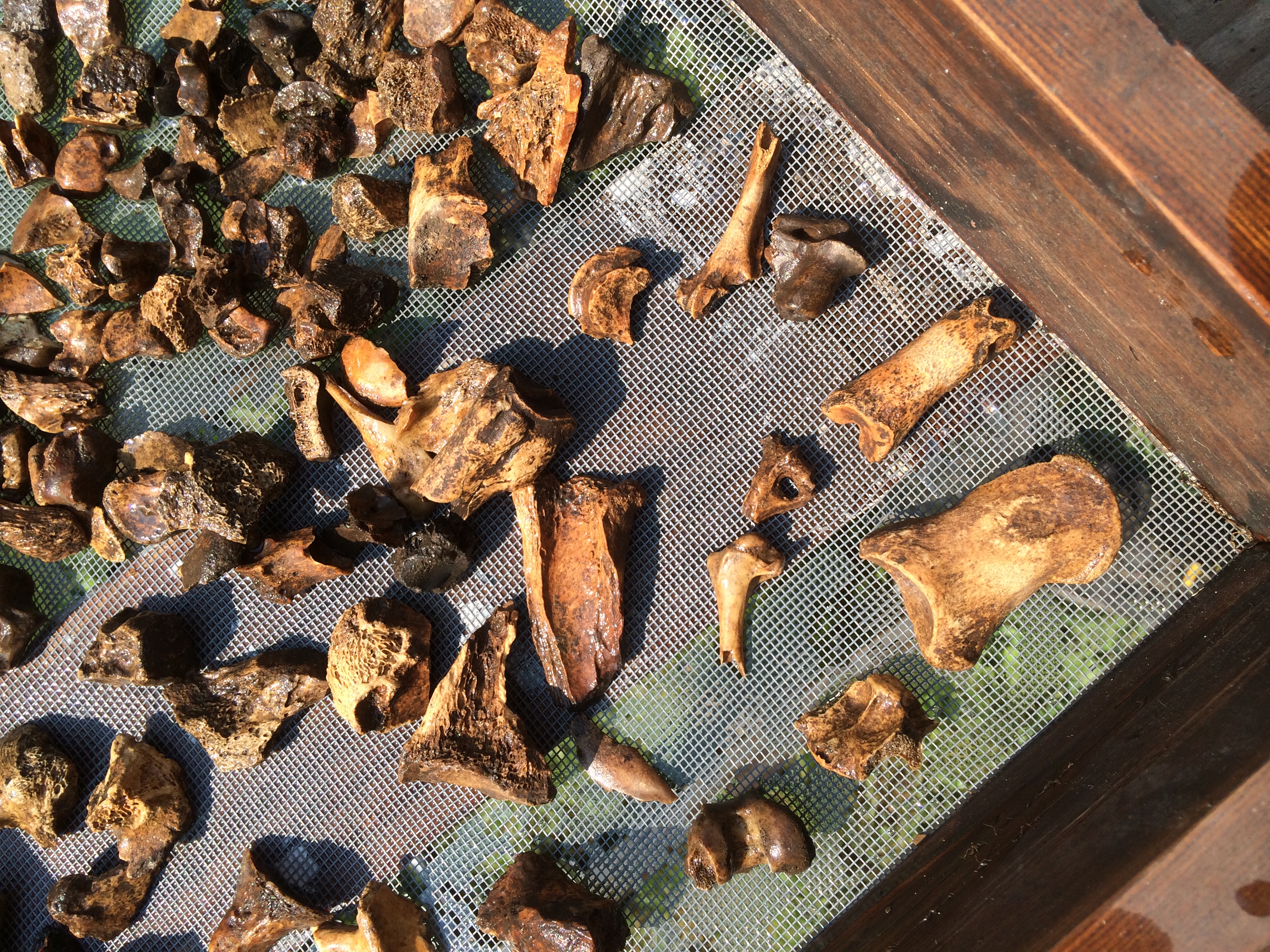Those in tenure-track positions care a lot about impact factors; other people, not so much.
Elsevier, which coincidentally also publishes academic journals, makes freely available “three alternative, transparent and accurate views of the true citation impact a journal makes.” These are the Impact per Publication (IPP), Source Normalized Impact per Paper (SNIP), and ScImago Journal Rank (SJR). Each one is updated yearly.
For full information on how these are calculated and see the impact factor for any of thousands of journals, go to journalmetrics.com
Where do the journals devoted to archaeology rank? Generally speaking, well below more general science journals that frequently publish articles of archaeological interest.
The highest ranked journal of any kind, using any of the three rankings, are Nature (IPP 32.997) and Science (25.903), both of which publish occasional articles of archaeological interest.
There is quite a drop off in rank after that, with the Proceedings of the National Academy of Sciences (PNAS) having an IPP of 9.756, followed by Quaternary Science Reviews, Evolutionary Anthropology, and PLoS ONE.
Other journals well-known among archaeologists are the Annual Review of Anthropology, Quaternary Research, and Current Anthropology.
The highest ranked journal dedicated solely to archaeology is the Journal of Anthropological Archaeology (2.27), followed closely by the Journal of Archaeological Science (2.237), and the Journal of Archaeological Research (2.192).
Trailing somewhat are the Journal of World Prehistory (1.724), Journal of Archaeological Method and Theory (1.519), Geoarchaeology (1.51), and a relative newcomer, Archaeological Prospection (1.478). The venerable Antiquity (1.352) is next, followed by Archaeometry, the Cambridge Archaeological Journal, the Journal of African Archaeology, and Archaeological and Anthropological Sciences.
Considering its prominence among North American archaeologists, it may be surprising that American Antiquity just barely rates an IPP above 1.0 (actually 1.038), and is outranked by American Anthropologist, Australian Archaeology, the Journal of Field Archaeology, Archaeology in Oceania, and World Archaeology. The SAA’s sister journal, Latin American Antiquity, garners a 0.642
The SJR rankings seem to be comparable to IPP, although American Antiquity, for one, moves up in the rankings. Using the SNIP shakes things up: After Nature and Science is the Annual Review of Anthropology, outranking PNAS. Two journals significantly increasing their rank are Medieval Archaeology and the Journal of Roman Archaeology.
